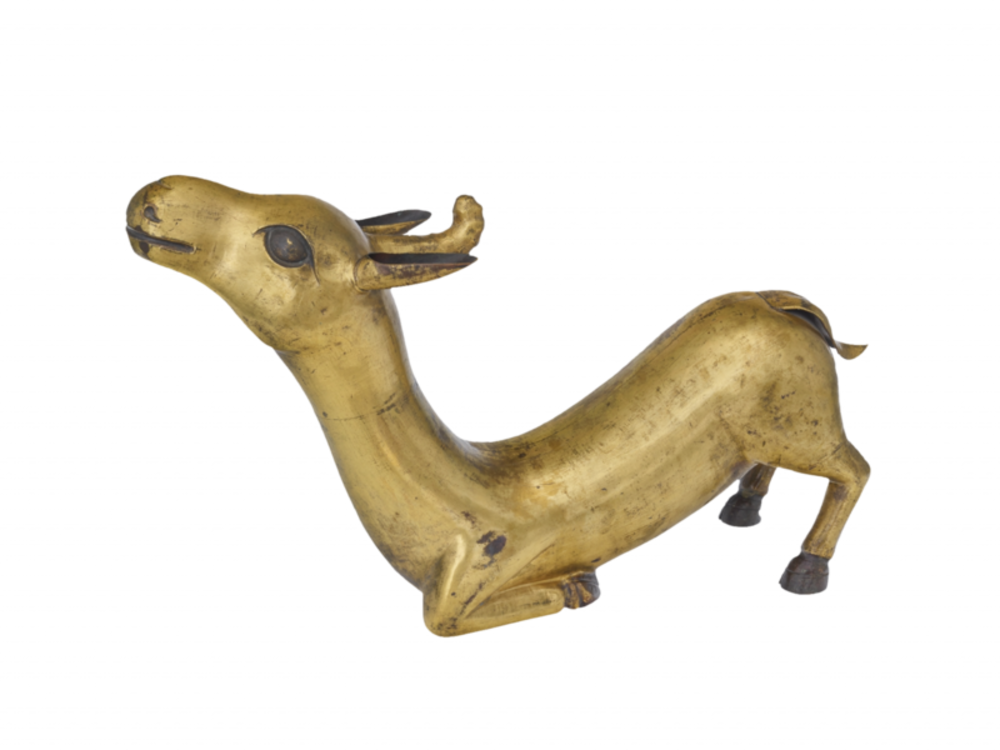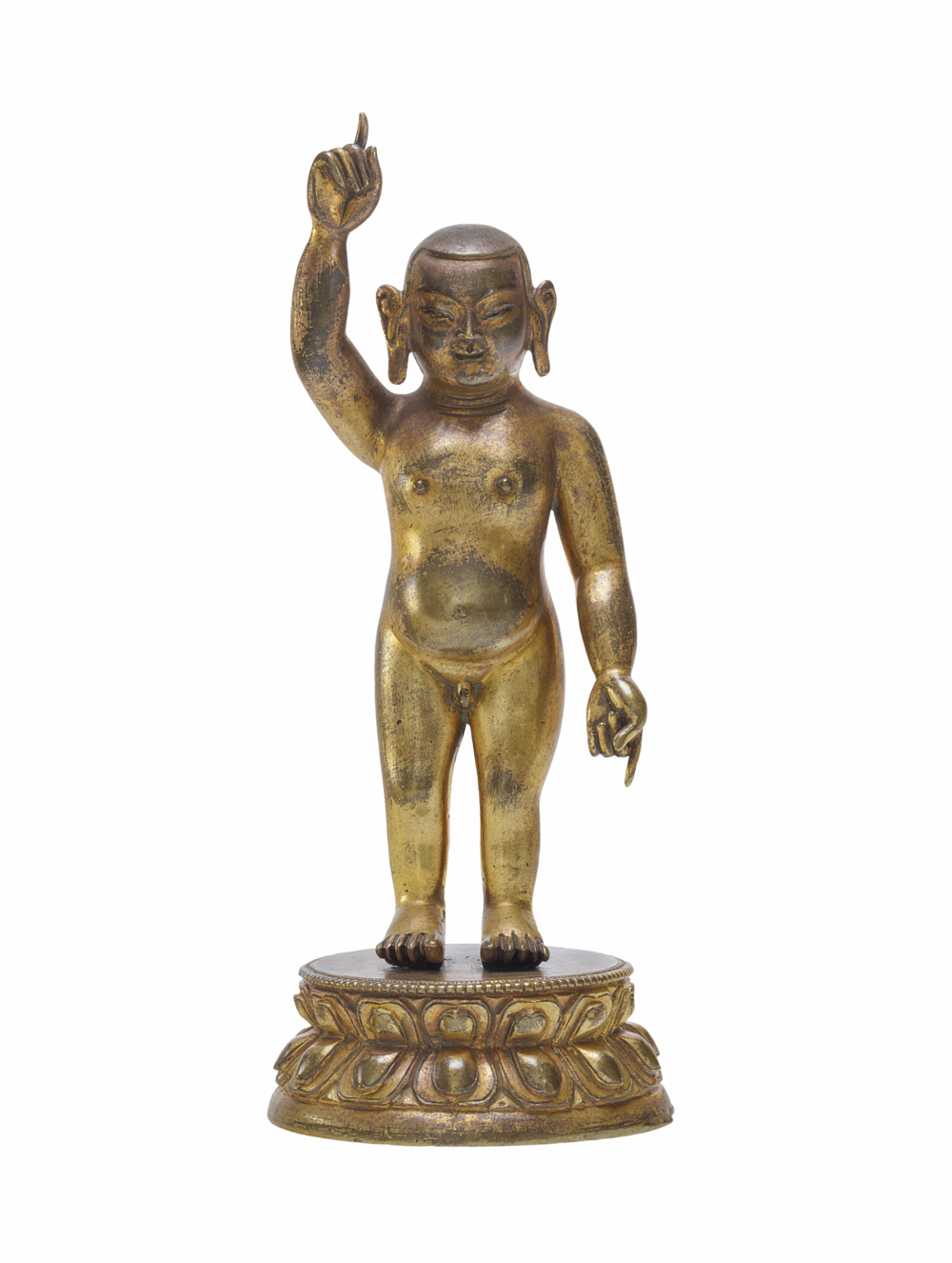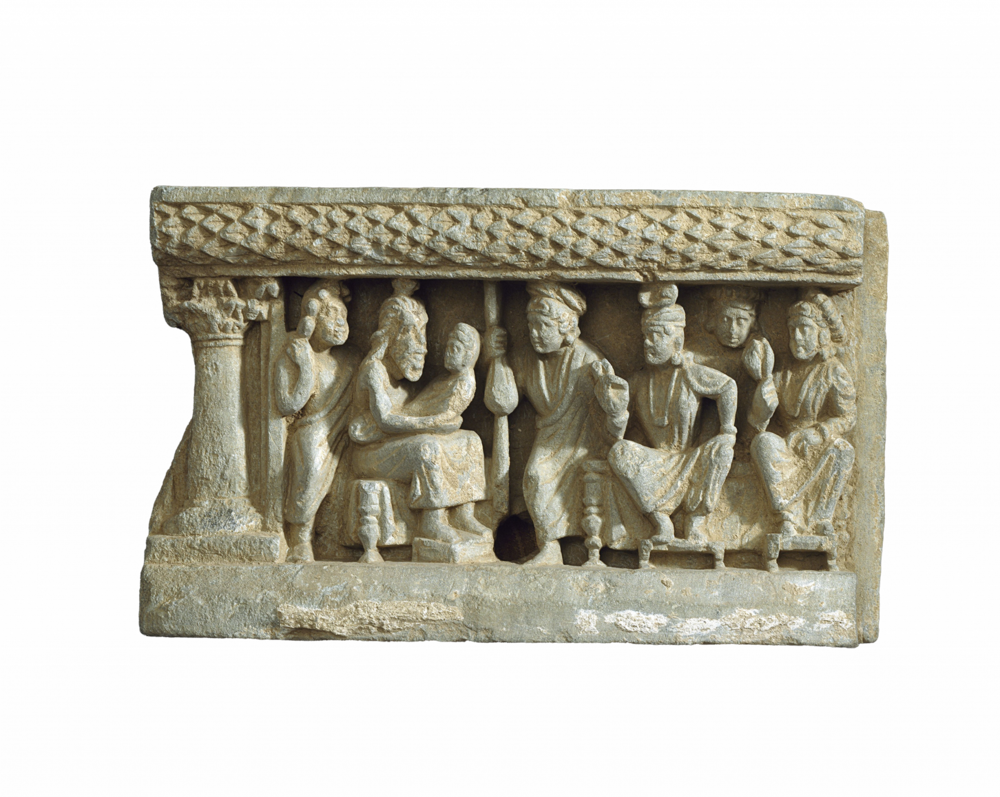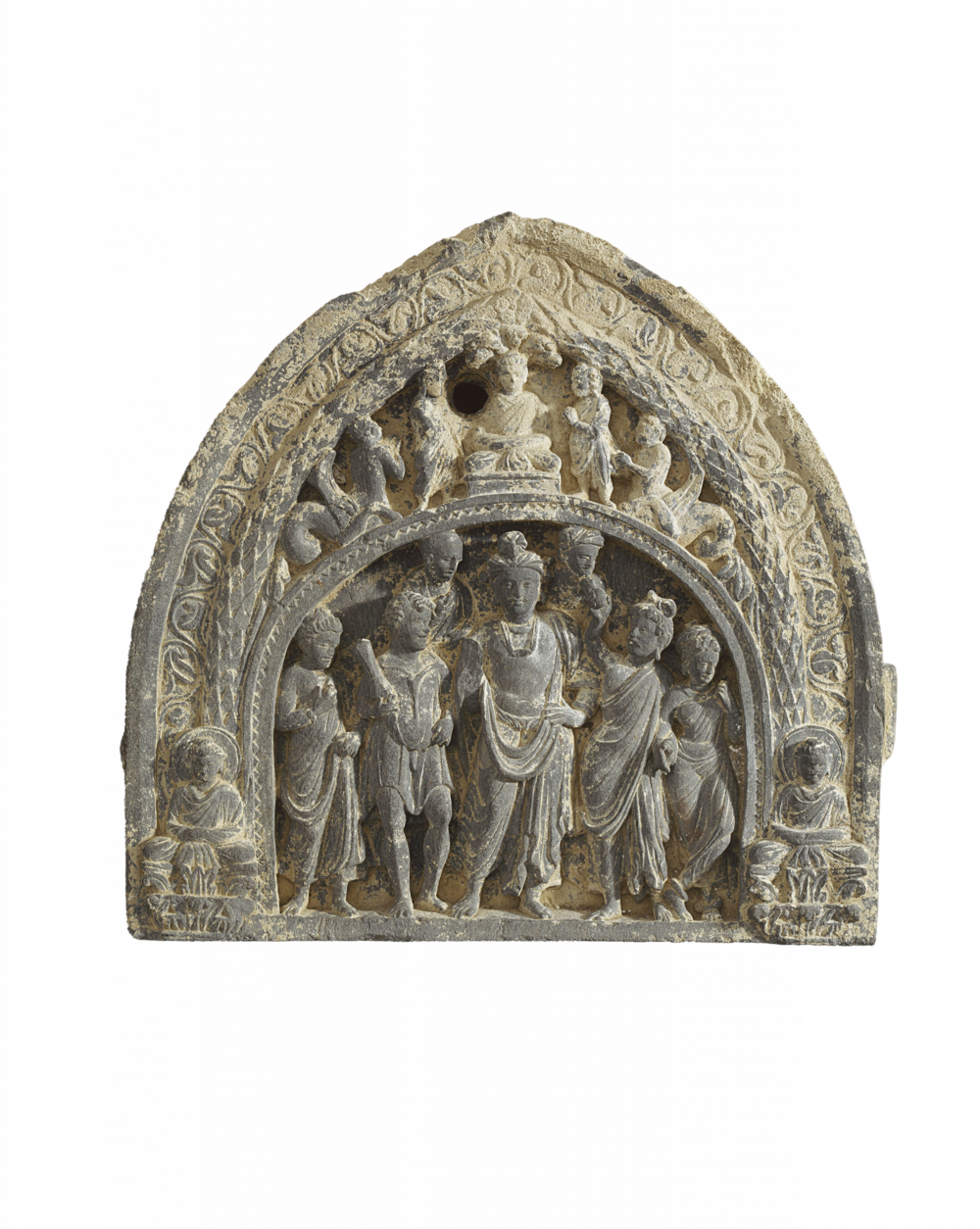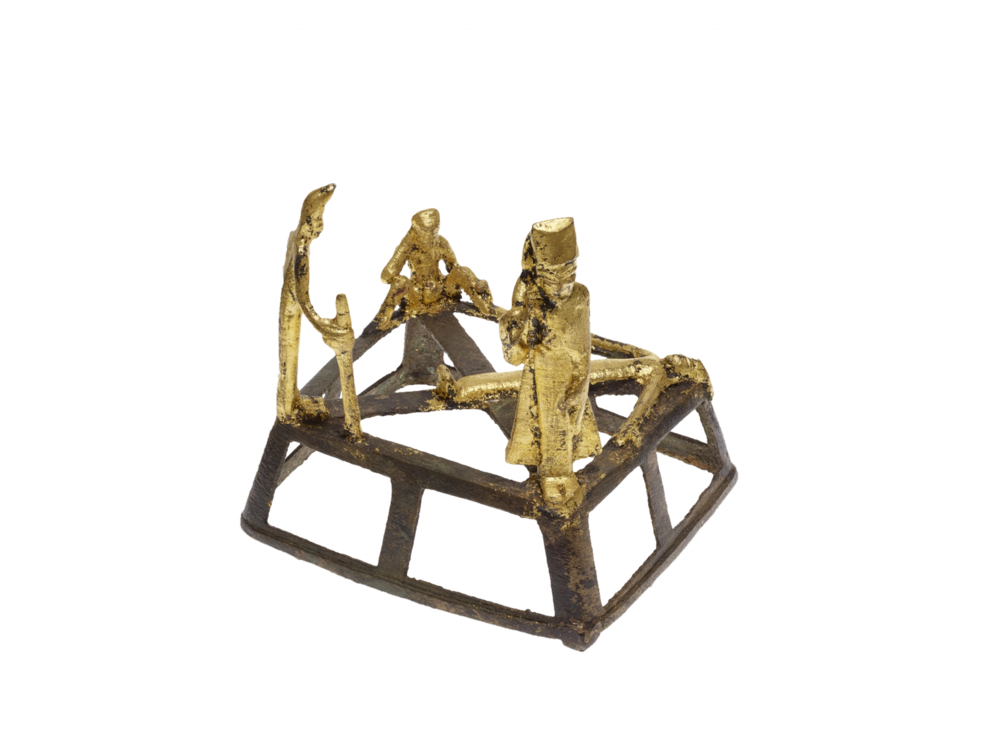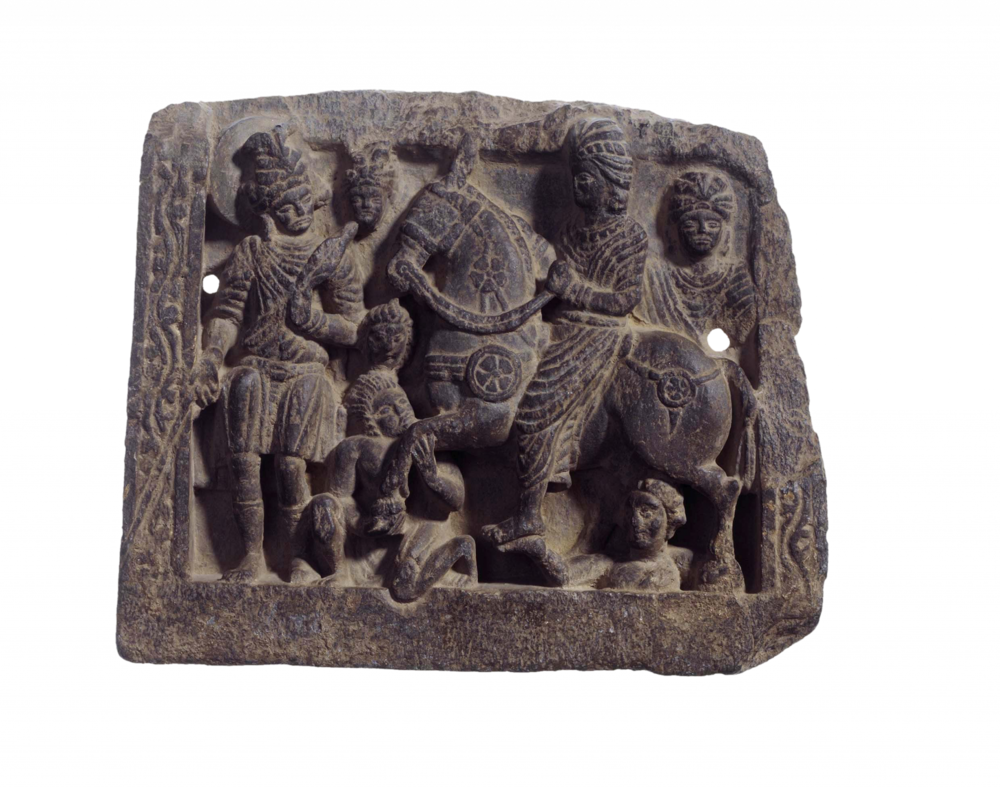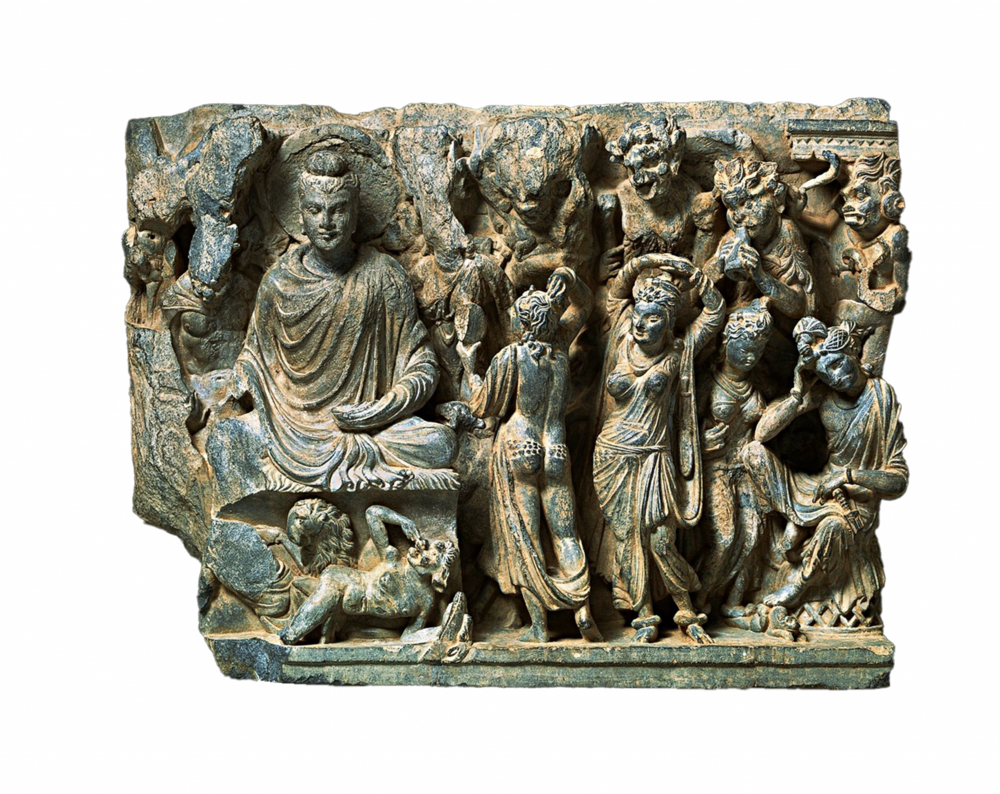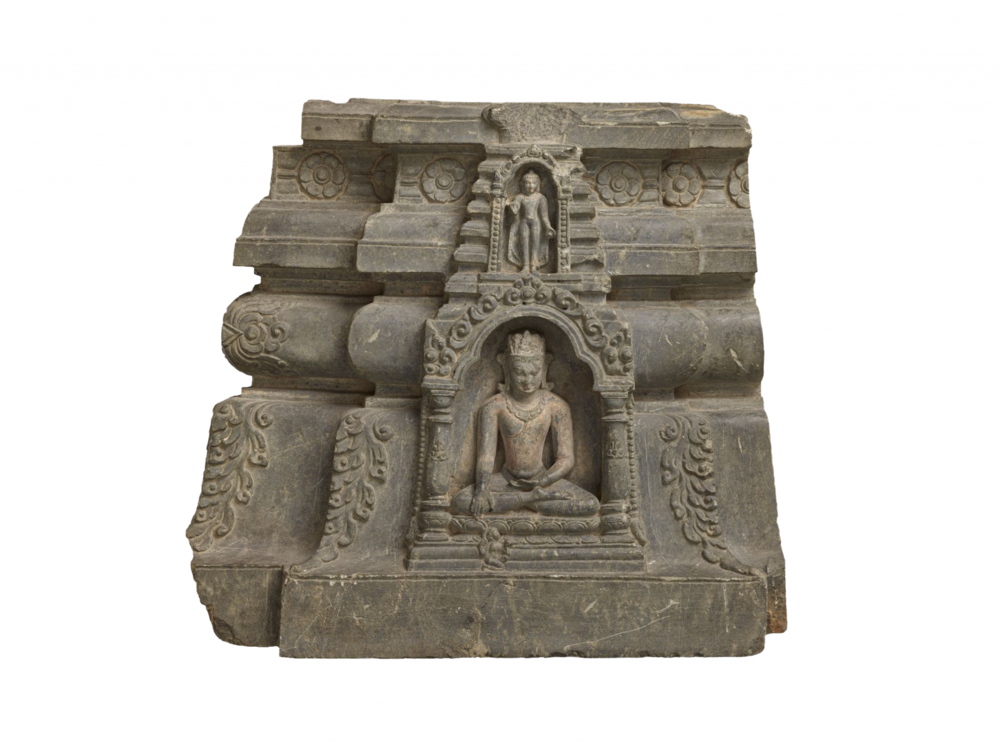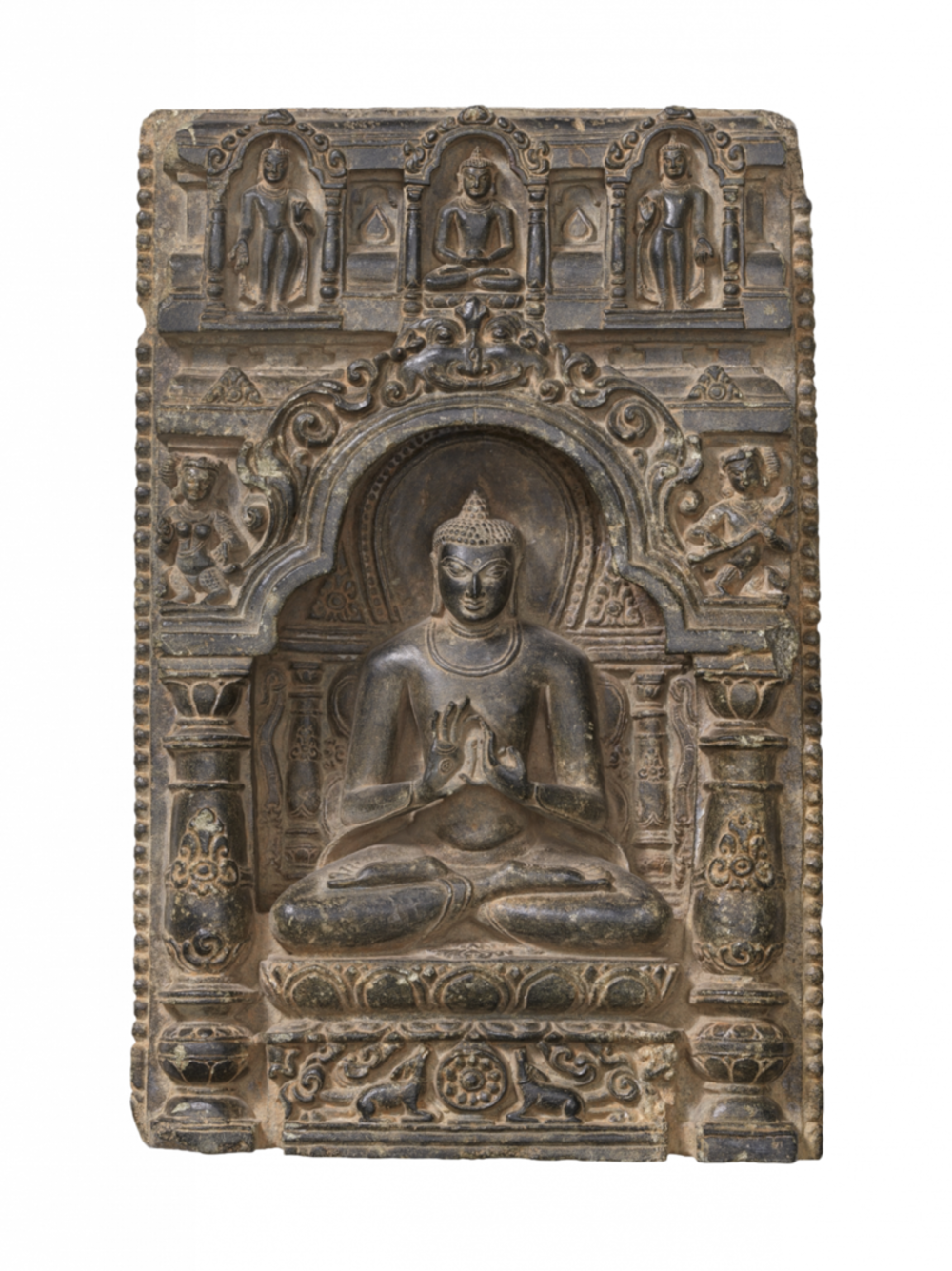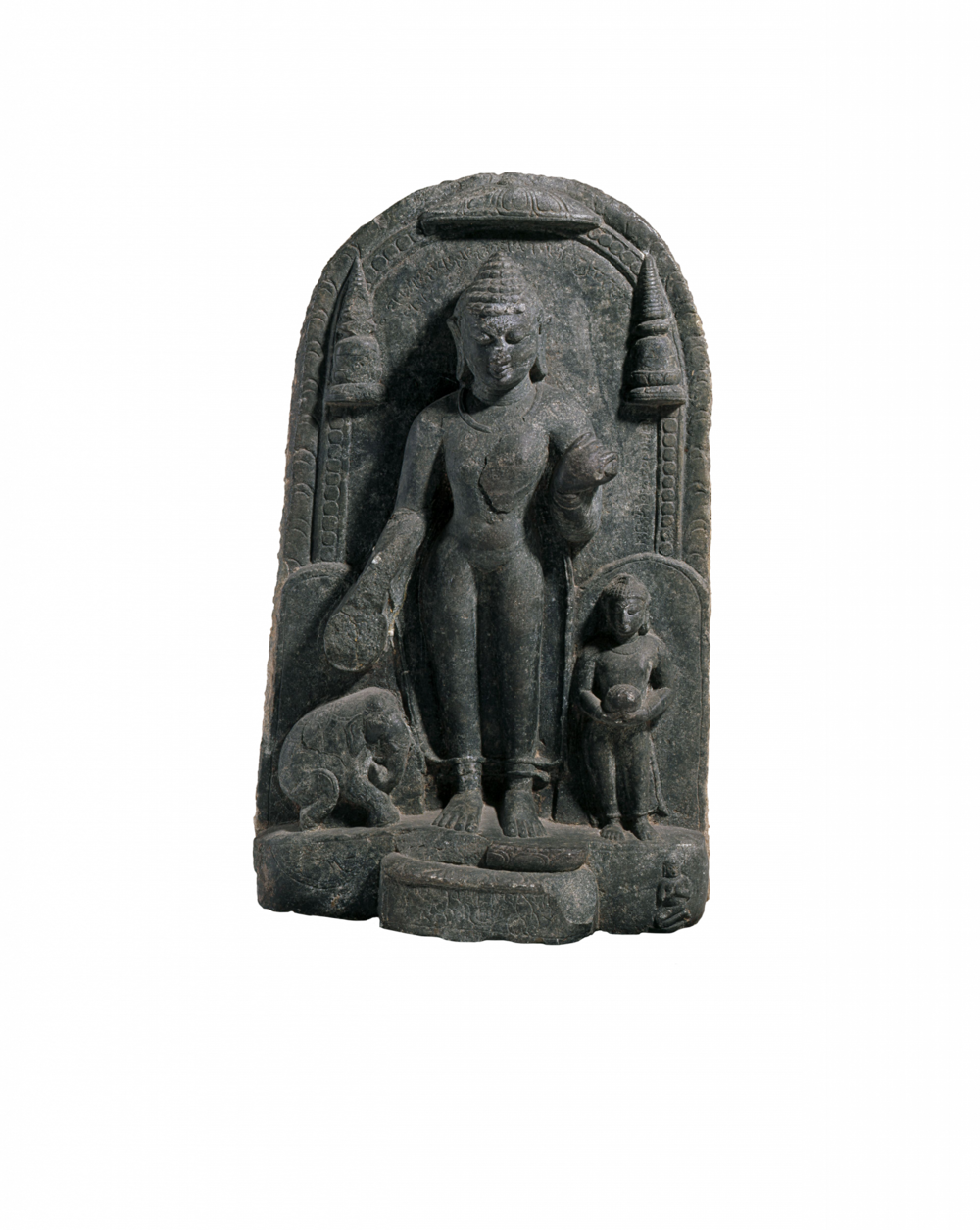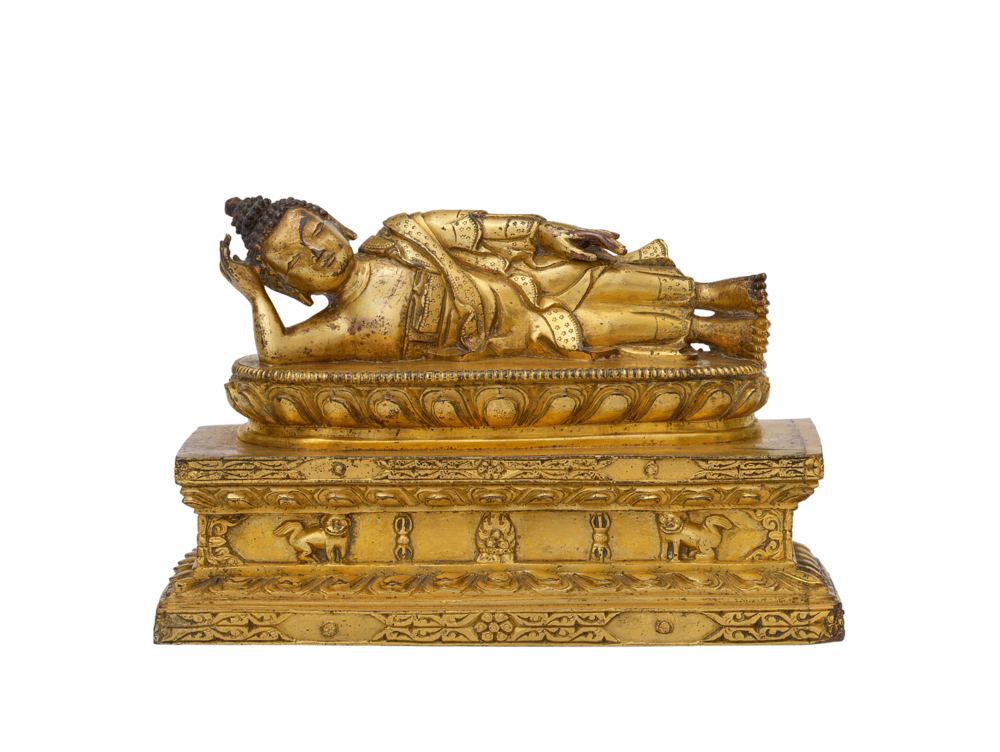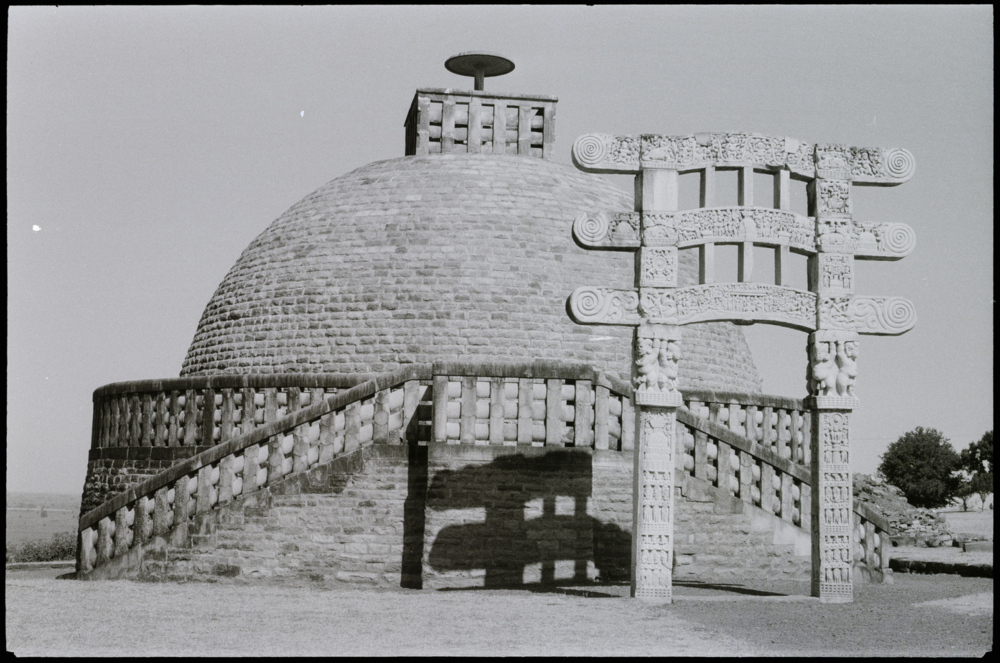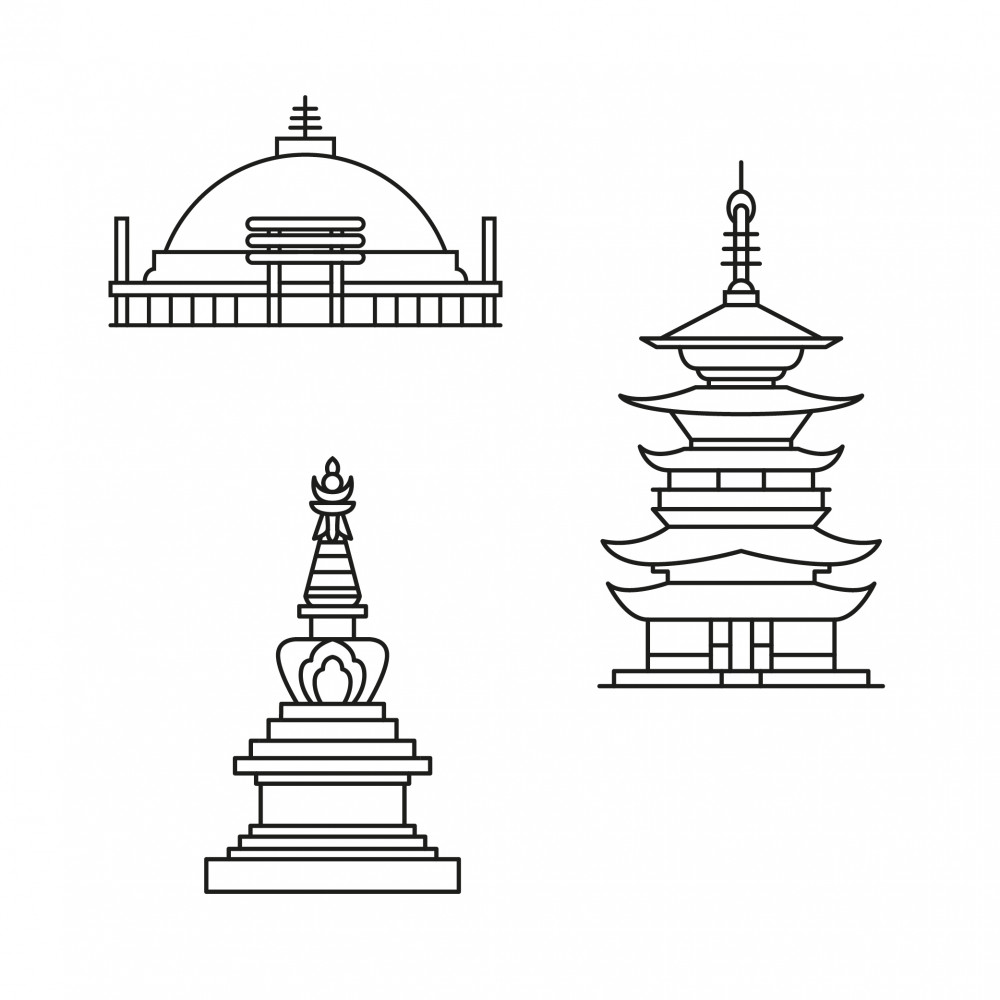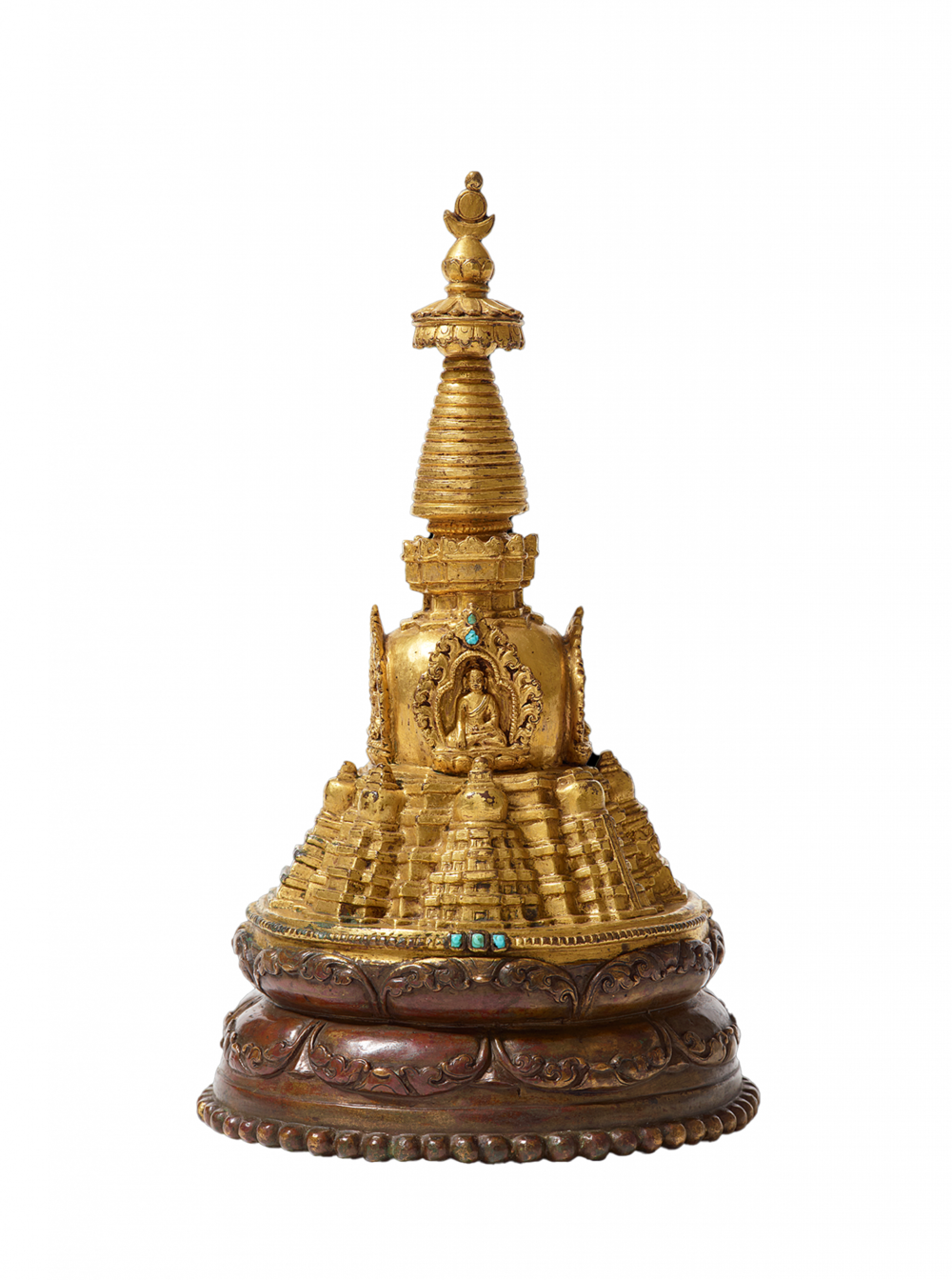Here you can read about the Buddha’s life story.
Discover how Prince Siddhartha of India set out about 2,500 years ago in search of answers to life's big questions.
The story of the Buddha’s life and work evolved over the centuries, with ever more wondrous details being added to it bit by bit.
The first written narratives about his life emerged around the 1st century CE, or roughly 500 years after he is said to have lived. They begin with his previous lives and go on to recount the events of his life from birth to death.
To this day, across all Buddhist communities in Asia, episodes from the life of the Buddha are retold in order to teach the basic values of Buddhism.
The story below compiles some of the most frequently narrated episodes in the Buddha’s life, which are taken from various Buddhist sources.
